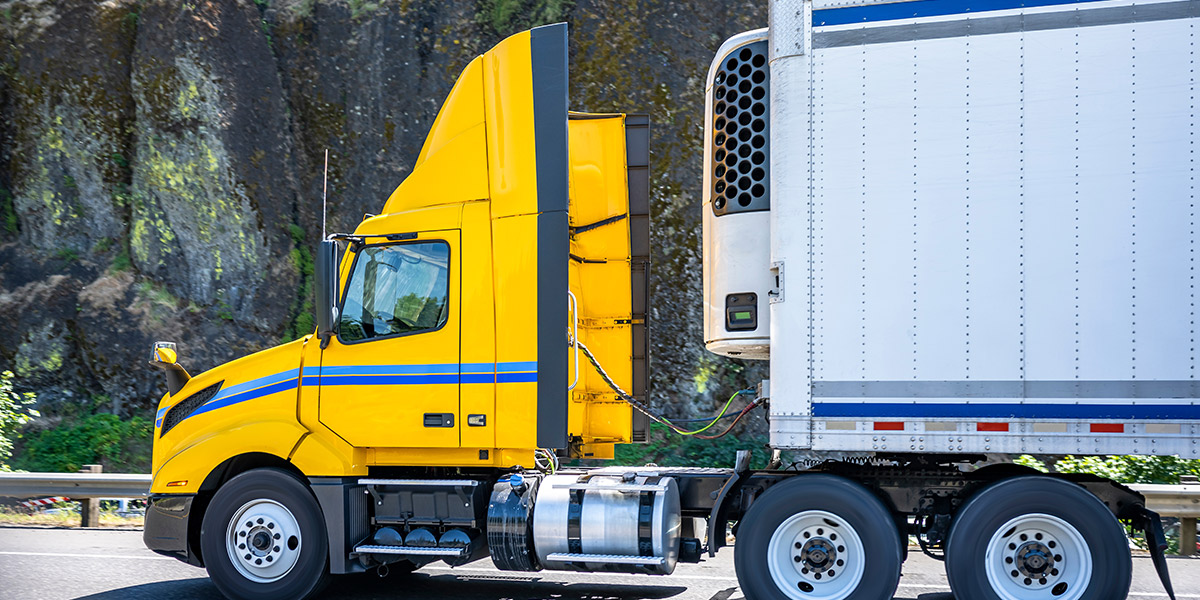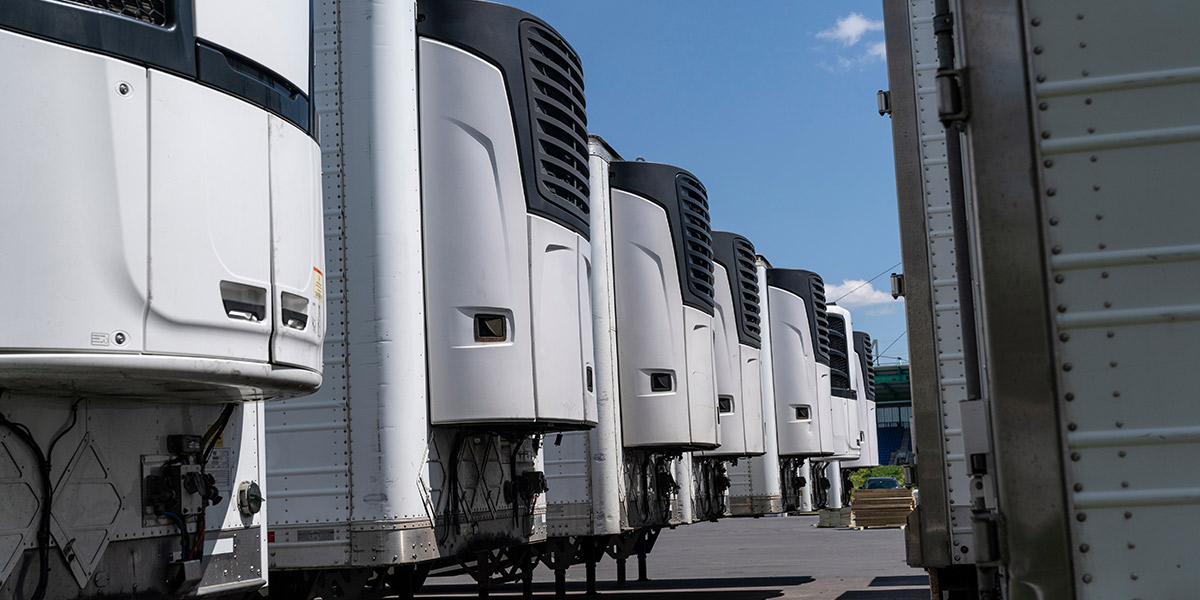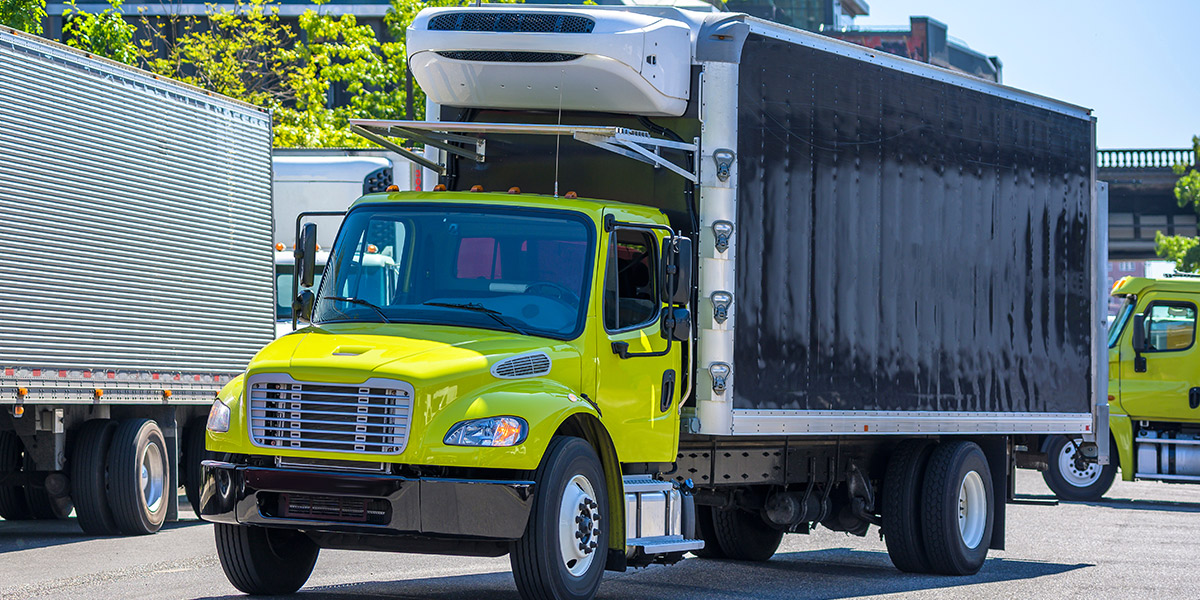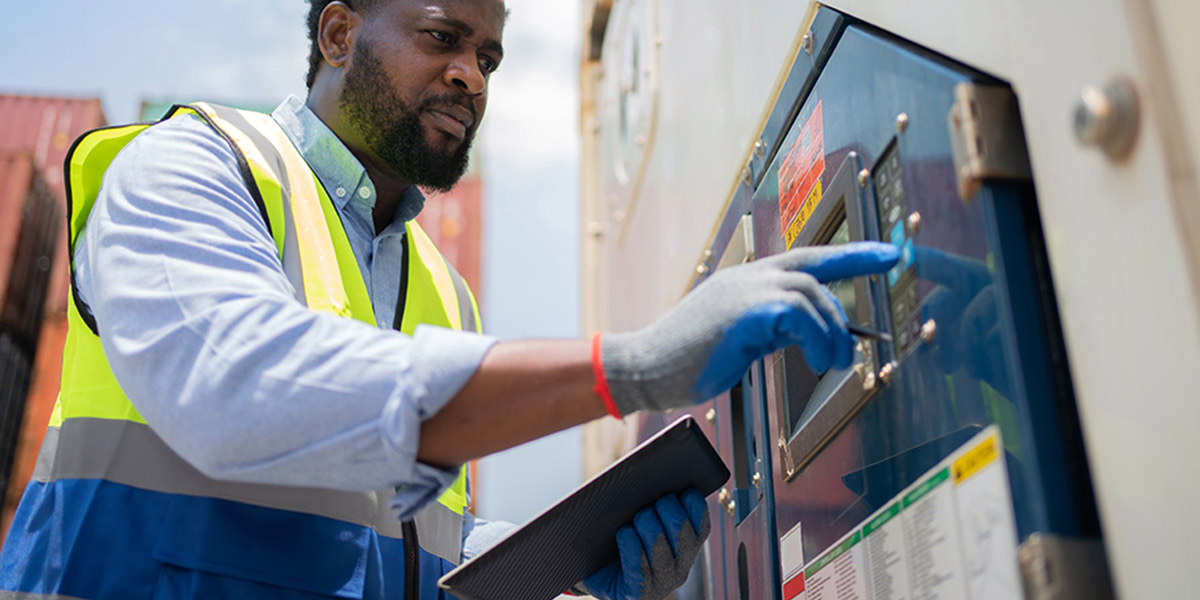With a fresh array of produce and meats available for spring, keeping it all safe during transport should be a bottom-line priority.
Every season, there’s a new selection of fresh fruits and vegetables available to provide to consumers. Spring is no exception, with the ready availability of asparagus, apricots, peas, and rhubarb, among so many others. Professional cooks, chefs, and consumers alike will gravitate to specific fresh meats and seafood, from beef and lamb to wild salmon and striped bass, to accompany the season’s produce.
But, in spring, just as you will adjust the fresh foods you transport and handle, you will also want to take a fresh look at your temperature monitoring, to ensure you are doing everything you can to remain compliant, keep food safe and salable, and protect those who will ultimately consume it.
To conduct a spring checkup of your company’s temperature monitoring, answer these four critical questions:
Do You Understand Where Potential Danger Exists?
To know with certainty that the food you are charged with transporting and handling remains at safe temperatures across its entire journey, you need to understand that entire journey. When will food be potentially impacted by doors being opened, or by sitting unattended in lots or terminals? At what point is it transferred from one environment to another? And do you know – again, with absolute certainty – what the food and ambient temperatures are in each environment through which it passes?
By having a complete picture of the journey, you can then accurately assess your temperature monitoring infrastructure, determine where you might lack needed temperature data, and identify required updates to your processes to keep food in the temperature safe zone.
Do You Have the Right Technology?
Advances in temperature monitoring technology have made it easier than ever to gather, access, and act on temperature data. These include easy-to-install sensors that provide accurate readings and telematics systems that combine and integrate all the data streams so you can quickly and easily see where issues might exist.
With this technology, you can build a true temperature safety net to ensure you keep food at optimal temperatures – and protect your customers, as well as your company’s reputation and bottom line.
Are You Following the Right Processes?
One of the best things about temperature monitoring technology is that it provides actionable data you can draw on to improve your practices and processes. And just as you need to understand the complete journey food travels from point A to point B, you also need to be cognizant of what your people and your third-party partners are doing – or not doing – to prevent risk.
These can include avoiding exposing food to environments where proper temperature isn’t known or can’t be maintained, to minimizing the number of times reefer or cold room doors are opened.
Are You Managing the Human Part of Food Safety?
Because staying compliant and keeping food at a safe temperature is critical, it’s important to keep proper practices front of mind for everyone along the entire cold chain. That can mean providing refresher training, communication, or materials to remind everyone what their role is in promoting food safety.
Remember, maintaining food safety is as much about human behavior as it is technology and data.
A Yearlong Concern
Of course, temperature monitoring is not just a springtime concern, but a bottom-line priority the whole year long. But with the arrival of spring, and the seasonal food you’ll be transporting and handling, there’s no better time to evaluate your temperature monitoring efforts.










